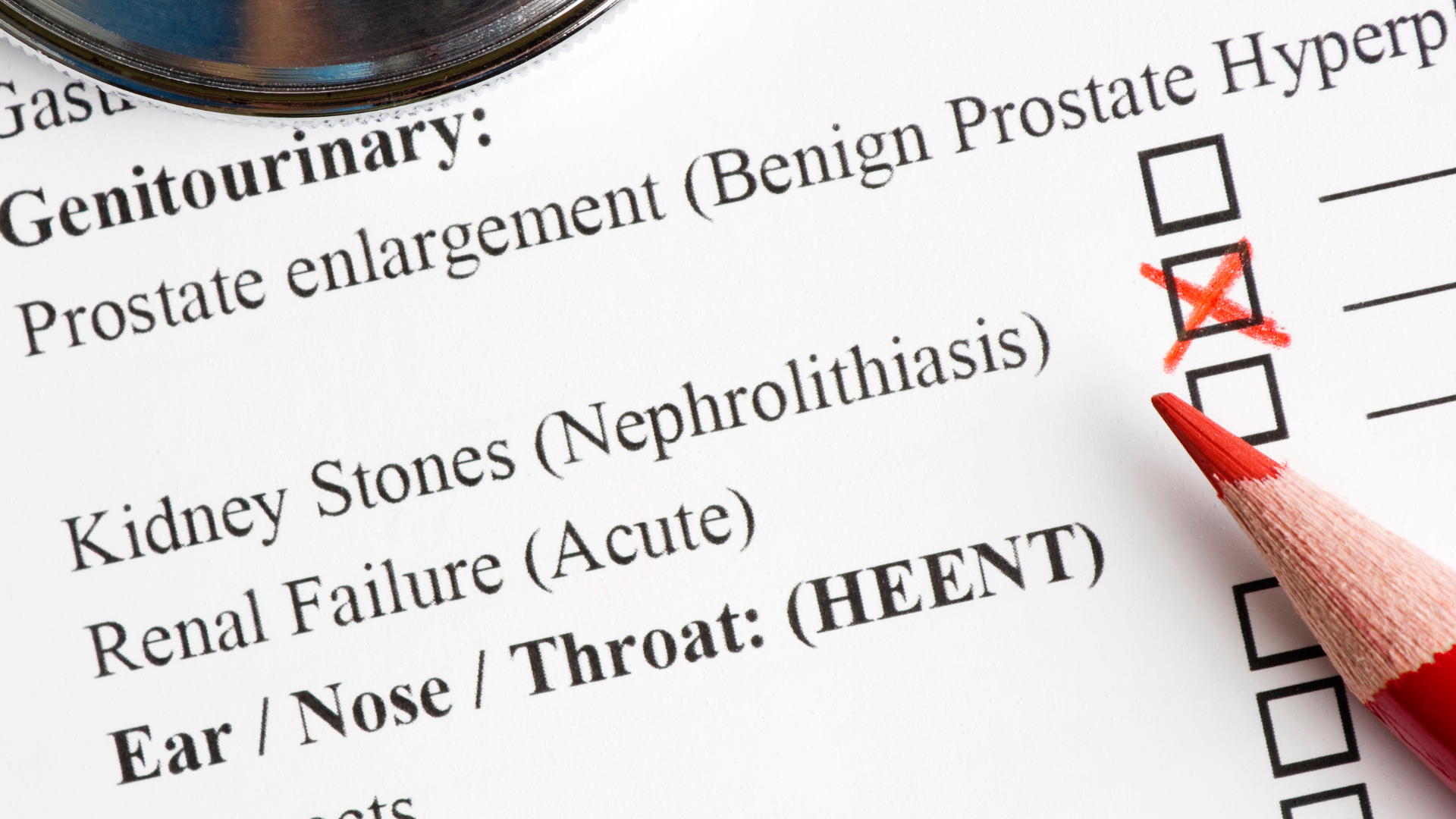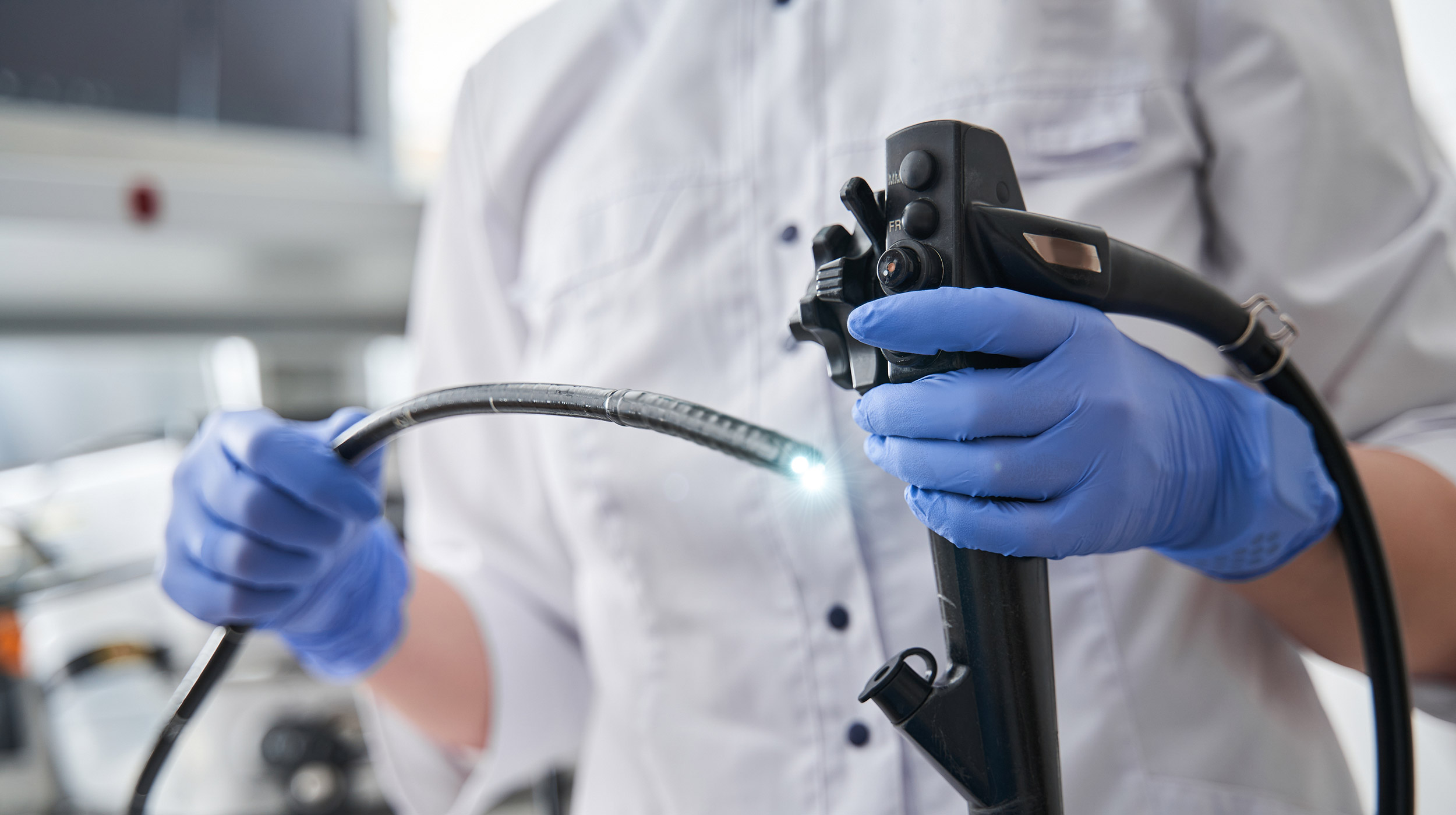
A group of urologists recently discovered that a 12-month incidence rate of kidney stones was 2.1 percent higher than previously reported.
Using data from the 2015-2018 National Health and Nutrition Examination Survey (NHANES), Dr. Alexander J. Hill and others gathered information to help them assess the incidence of kidney stones in the U.S.
Their findings are significant because, until now, population-level data assessing the incidence of kidney stones has been limited in the U.S. Data from previous studies couldn’t be accurately accessed because the studies were conducted in different regions and used various age ranges. This study assesses the incidence of kidney stones using recent, nationally representative data.
The urologists argue that a persistent increase in kidney stone incidence in recent years suggests that if this trend continues there may be a significant need for more healthcare resources in the future, additional emergency room visits, urology consults, and interventions such as lithotripsy or stent placements.
Additionally, it’s important to understand what efforts healthcare providers are taking to educate patients about the risk of kidney stones, the urologists write.
"There is a critical need to understand why these trends exist and the importance of dietary and pharmacological efforts in preventing stone recurrence," they add.
The prior findings were based on two previous studies. The first occurred in 2000, when two insurance companies estimated a 12-month incidence of kidney stones to be 1,116 stones per 100,00 employees. The second study was conducted using a cohort in the second half of the 1900s in Rochester, Minnesota and found the yearly rate to be 102 stones per 100,000 adults.
Participants were asked two questions to determine both the prevalence and incidence of kidney stones. The first question — "Have you ever had a kidney stone?" — was used to assess the prevalence of kidney stones. The second question, whether a participant had passed a kidney stone in the last year, was used to determine the 12-month incidence of symptomatic kidney stones.
Approximately 10,521 adults participated in the study. Eleven percent of those interviewed said they had kidney stones at some time in their lives. In addition, the 12-month incidence of kidney stones was estimated to be 2,054 stones per 100,000 adults.
Demographics such as age, race, gender, body mass index (BMI) and hypertension were used to identify significant relationships linked to stone incidence.
Increased BMI is linked to increased kidney stones prevalence. Hispanics, Blacks and Asians had a lower 12-month stone incidence, while hypertension was associated with an increased risk of stones, the urologists write.
Multivariable models were used to assess the independent impact of subject characteristics on kidney stone prevalence and incidence, according to the study’s authors.


